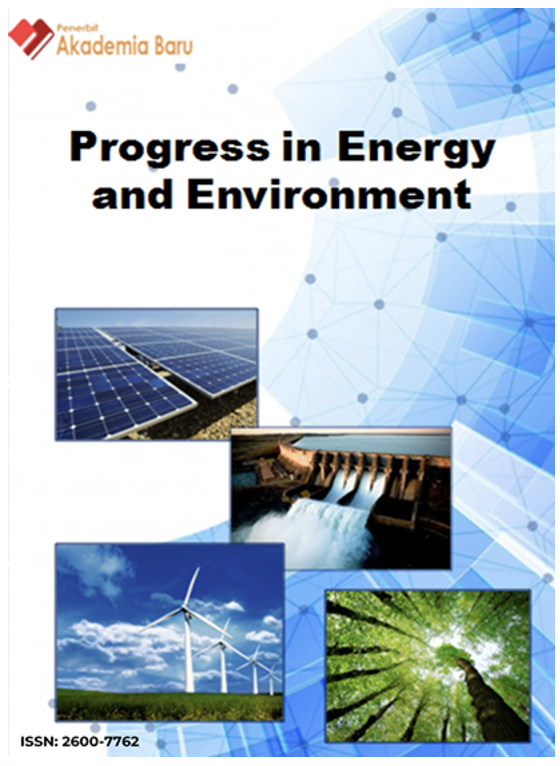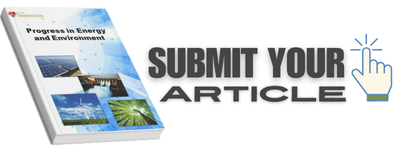Potential of Banana Peels as Bio-Flocculant for Water Clarification
Keywords:
Water, Turbidity, Banana Peels, Bioflocculant, AlumAbstract
Access to clean water is the major priority in all countries in the world in which millions of humans and living organisms die due to contaminated water-related diseases every year. Flora and fauna particularly urban rivers are losing attraction due to the problem of high turbidity in the water resources. Sedimentation and filtration had been regarded as efficient approaches in tackling high turbidity problem in wastewater. The primary objective of this research is to investigate the performance of banana peels as bioflocculant for the potential application in turbidity removal in wastewater treatment process compared to alum. The comparison of coagulation-flocculation activities between the extracted bio-flocculant and alum was carried out under different process conditions such as the effects of solution pH, bio-flocculant dosage, temperature and initial wastewater turbidity to investigate the optimum operating conditions in terms of turbidity removal. It was found that the performances of bio-flocculant under different process conditions were almost comparable to alum. The highest turbidity removal percentage could be achieved at solution pH of 4 and 12, 150ml/400ml of bio-flocculant to turbid water dosage, temperature of 40oC and very high level initial wastewater turbidity (>500NTU). In order to minimize dependency on conventional chemical coagulant, ratio of 50/50 of banana peels bio-flocculant to alum was used to achieve the best turbidity removal percentage in comparison to other ratio combinations. The exploitation of naturally available resources or waste materials into bio-flocculants in this research had shed some lights in the discovery of efficient, biodegradable and green coagulants or flocculants as potential replacement to conventional synthetic chemical coagulants in reducing water turbidity.
Downloads
Published
How to Cite
Issue
Section
License
Copyright (c) 2017 Progress in Energy and Environment

This work is licensed under a Creative Commons Attribution-NonCommercial 4.0 International License.












